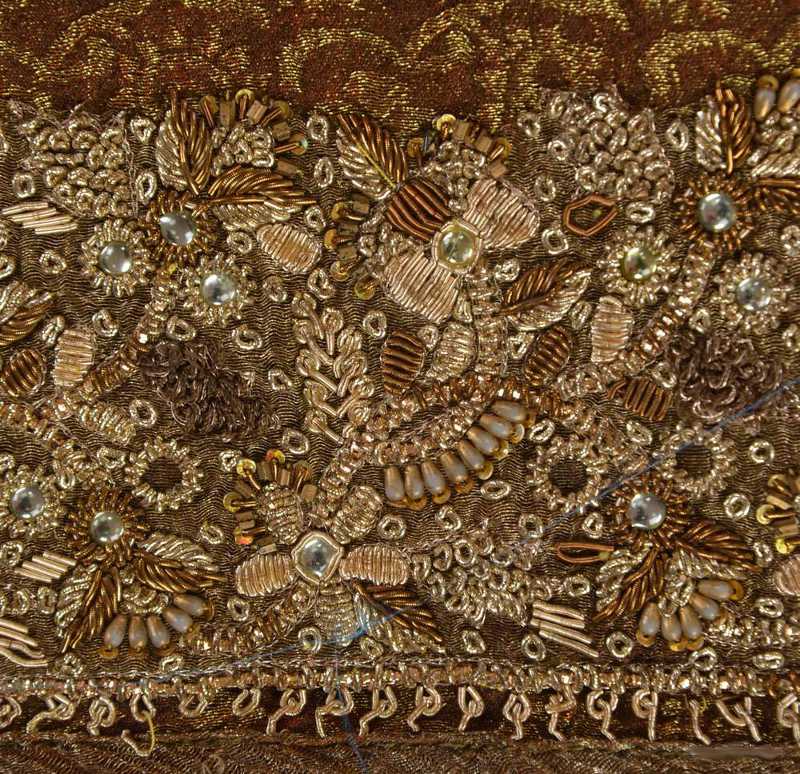===
0863,
1
===

=== |
 |
FWP:
SETS
MOTIFS
NAMES
TERMS == AFFINITY; MEANING-CREATION; THEMEThe widespread traditional technique of divination by examining the shoulder-blade of a freshly-slaughtered animal is called 'scapulimancy' (among other spellings and other names). Obviously, shoulder-blade divination as a source of information about pain in the shoulder/side has a fine 'affinity'.
Moreover, the patient might well be planning 'now' (after much pain) to offer his own shoulder-blade for examination-- so that he would be 'cured' of his pain by being slaughtered to make his shoulder-blade available to the seer. This view would fit into a common ghazal theme. Compare
{11,4},
in which stone (for bashing the head against) is 'now' the only 'cure' for mental distraction.